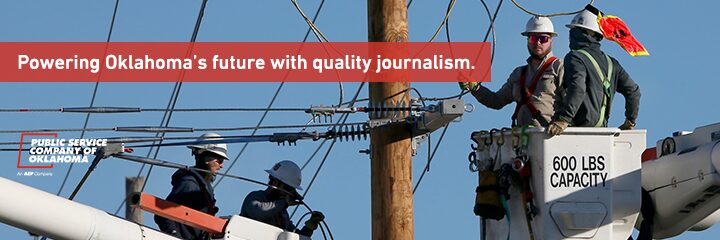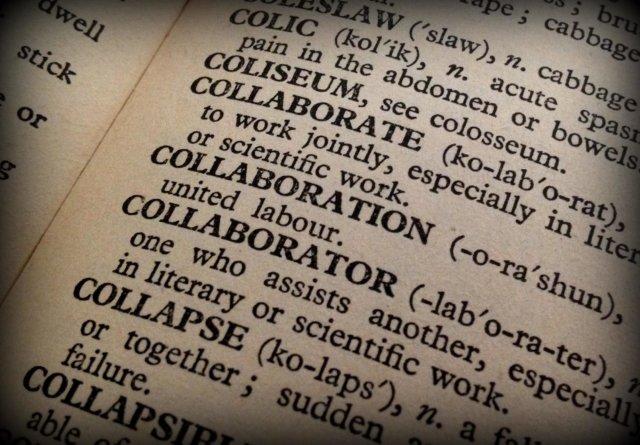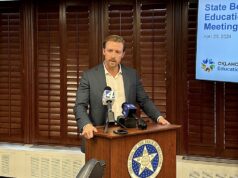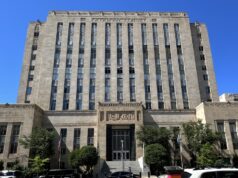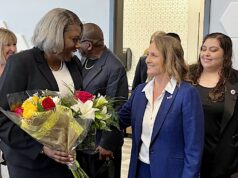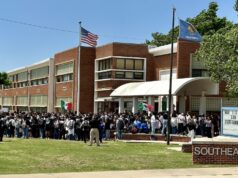
Public education may be an extreme case, but it illustrates the difficulties in creating cooperative social programs. Our early education, K-12th grade public education, career tech, university, nutrition, housing, health, mental health and rehabilitation services are mostly stuck in separate silos. Like competitive swimmers, they stay in their own lanes. Education wonks have long known that those silos must be broken down, but little progress has been made in nurturing the team spirit required for tackling complex and interconnected social problems.
Collaborations on display at OICA forum
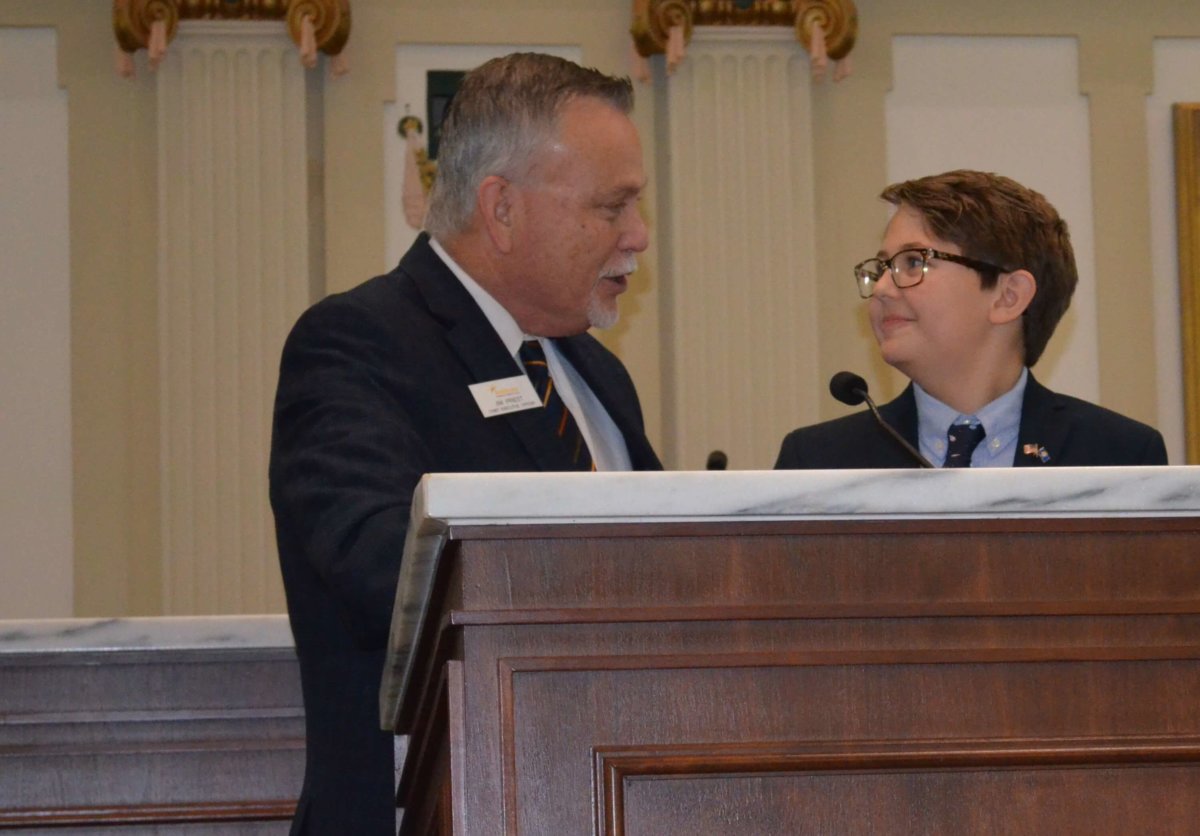
In late October, the Oklahoma Institute for Child Advocacy’s Fall Forum at the State Capitol suggested numerous ways that breaking down silos could promote holistic social, health and educational improvement.
For instance, Smart Start’s Stacy Dykstra and Joanna Regester work with parents to nurture school readiness. By helping to teach “purposeful parenting,” parents not only help build their children’s reading skills but also teach the importance of play, singing, talking with and holding children while rejecting destructive practices. A new whole-family effort, Families First, is also being established. With federal funding, it will teach constructive practices to keep children out of foster care.
Perhaps Embrace OKC, a historic collaboration to tackle mental health challenges, presents the best model for remaking our schools. This partnership with the Department of Mental Health and nonprofits could be a model for a new OKCPS where the full diversity of our community comes together in schools. This team effort to promote trauma-informed practices will benefit more than students. As OKC Police Chief Bill Citty has said, he is in the business of locking up people who have been traumatized. Given the size of Oklahoma’s prison population and the efforts to avoid the incarceration of nonviolent offenders, there will be plenty of demand for office space in former school buildings and in full-service community schools.
Other workshops addressed bottom-up efforts by Oklahomans to fight hunger, to prevent child abuse and domestic abuse, and other forms of family violence. Oklahomans for Criminal Justice Reform and Oklahoma Lawyers for Children also contributed insights.
Similarly, the early effort by schools to address trauma could produce huge savings for the medical sector. As was explained at the State Department of Education’s Trauma-Informed Education Summit in early October, a person who survives six or more adverse childhood experiences is 4,600 percent more likely to become addicted to drugs like opioids.
The mere fact that these similar efforts are being conducted and explained by so many different providers is a testimony for the need to bring diverse providers into close physical proximity so they can collaborate.
Opportunity amid crisis
The initiatives discussed at the OICA forum need office space, preferably in places that would provide maximum contact with their clients: families. Re-purposed schools and school buildings could become the “green fields” for building a 20th-century health, education and family welfare system. Ironically, a crisis that the Oklahoma City Public School System must face could provide the opportunity to break down silos and build full-service community schools and other partnerships.
As NewsOK.com reported in September, the OKCPS’s buildings operate at about 60 percent of capacity and, due to declining enrollment, it is facing $11 million in cuts to state aid over the next two years. The district is beginning a transparent, public conversation with all stakeholders about closing or re-purposing buildings. As school board member Jace Kirk explained in the article linked above, it creates an opportunity for “… reimagining, reinventing what we can do with our space.”
OKCPS schools and former schools would also provide great homes for career techs, higher education and instructional collaboration. One of the best ideas I’ve heard would be an effort to prepare at-risk children in the area surrounding the OU Health Science Center for high-paying jobs in the medical complex.
Change versus inertia
We in the world of public education love to talk about “transformational change,” but rarely do we defeat institutional inertia. Of course, it is tragic that a combination of underfunding and institutional dysfunction has created this mess, but now that we’ve hit rock bottom, there is an opportunity for re-structuring our systems. If our diverse and dedicated service providers could come together for conversations, we could reinvent holistic systems for the 21st century.

